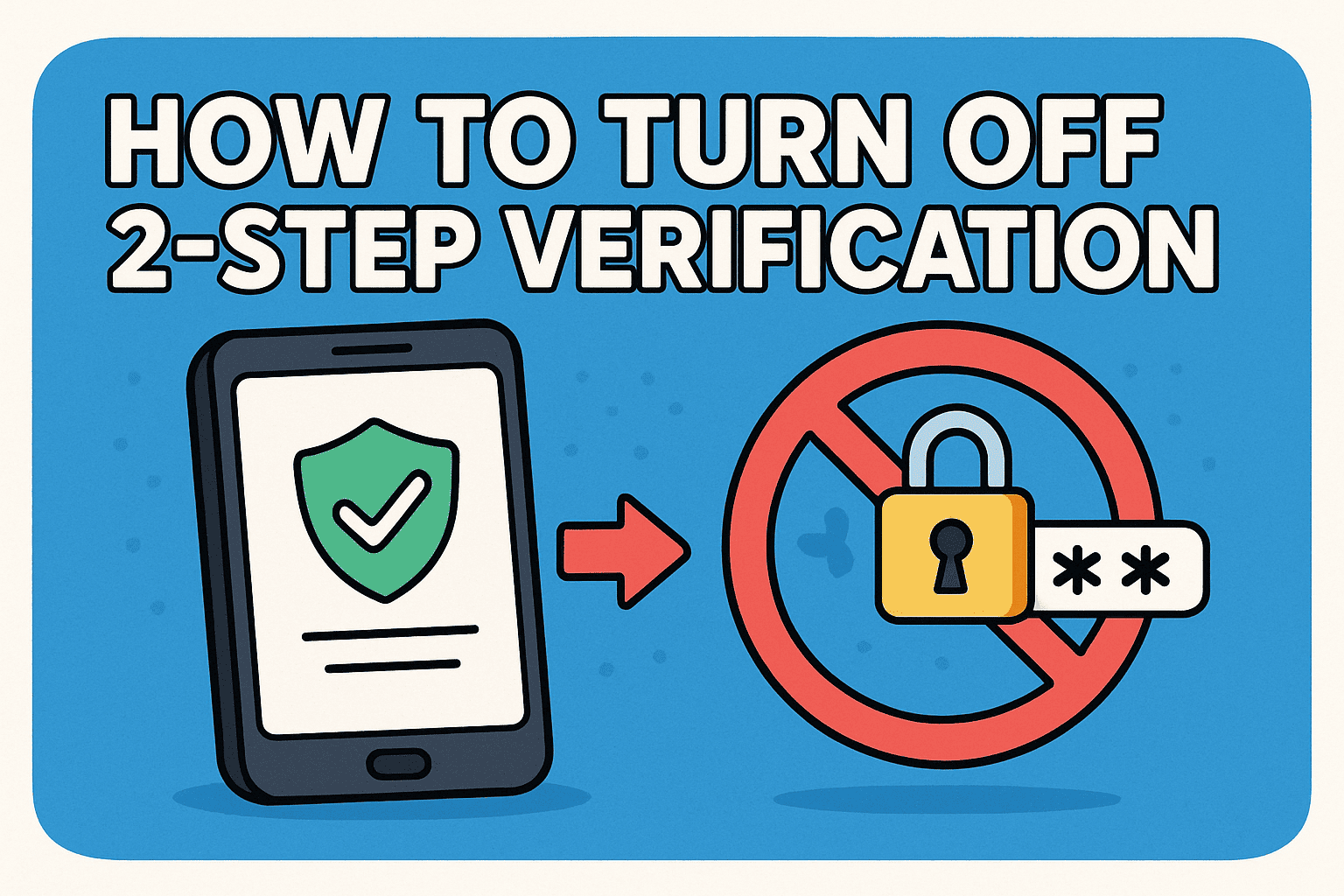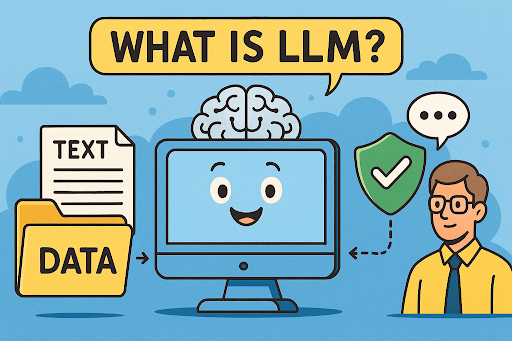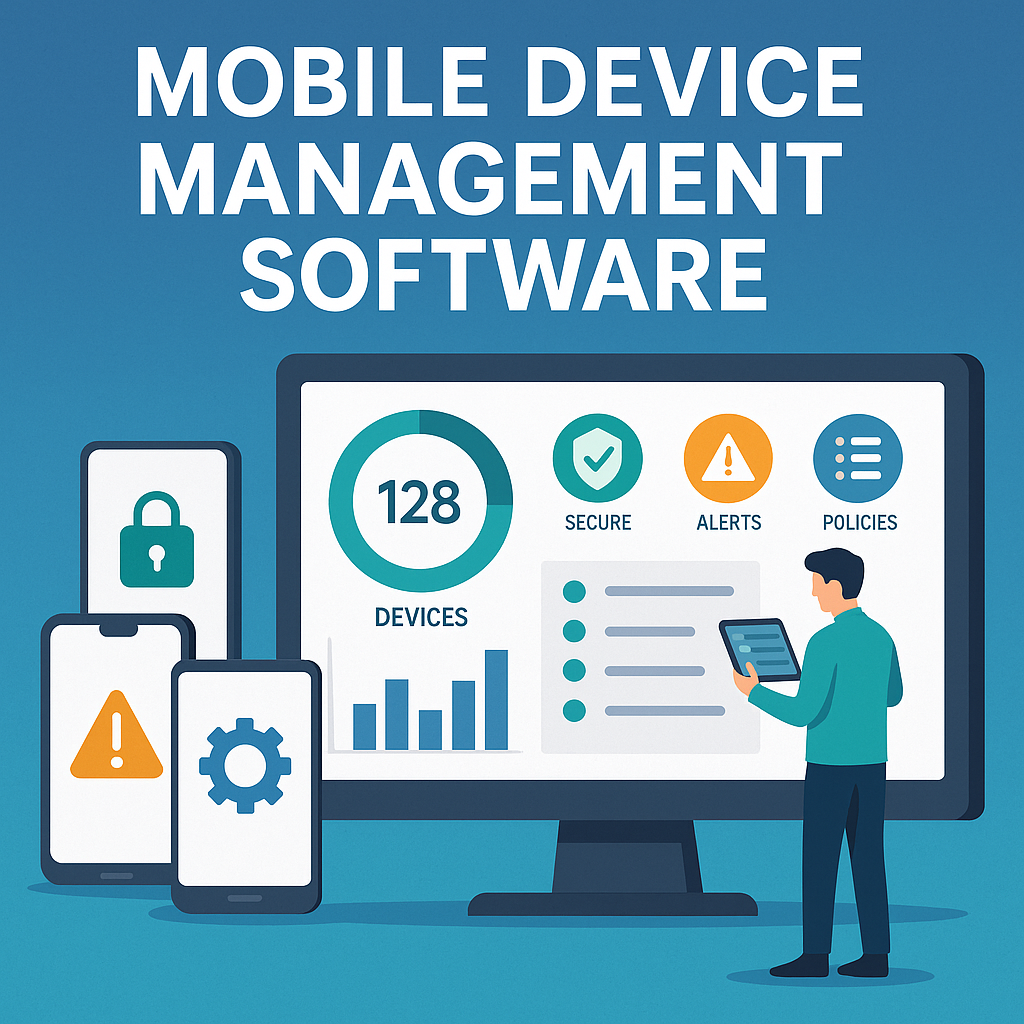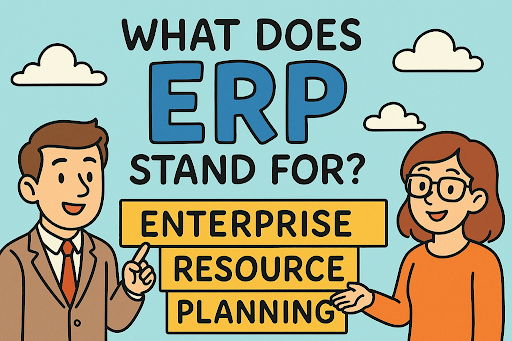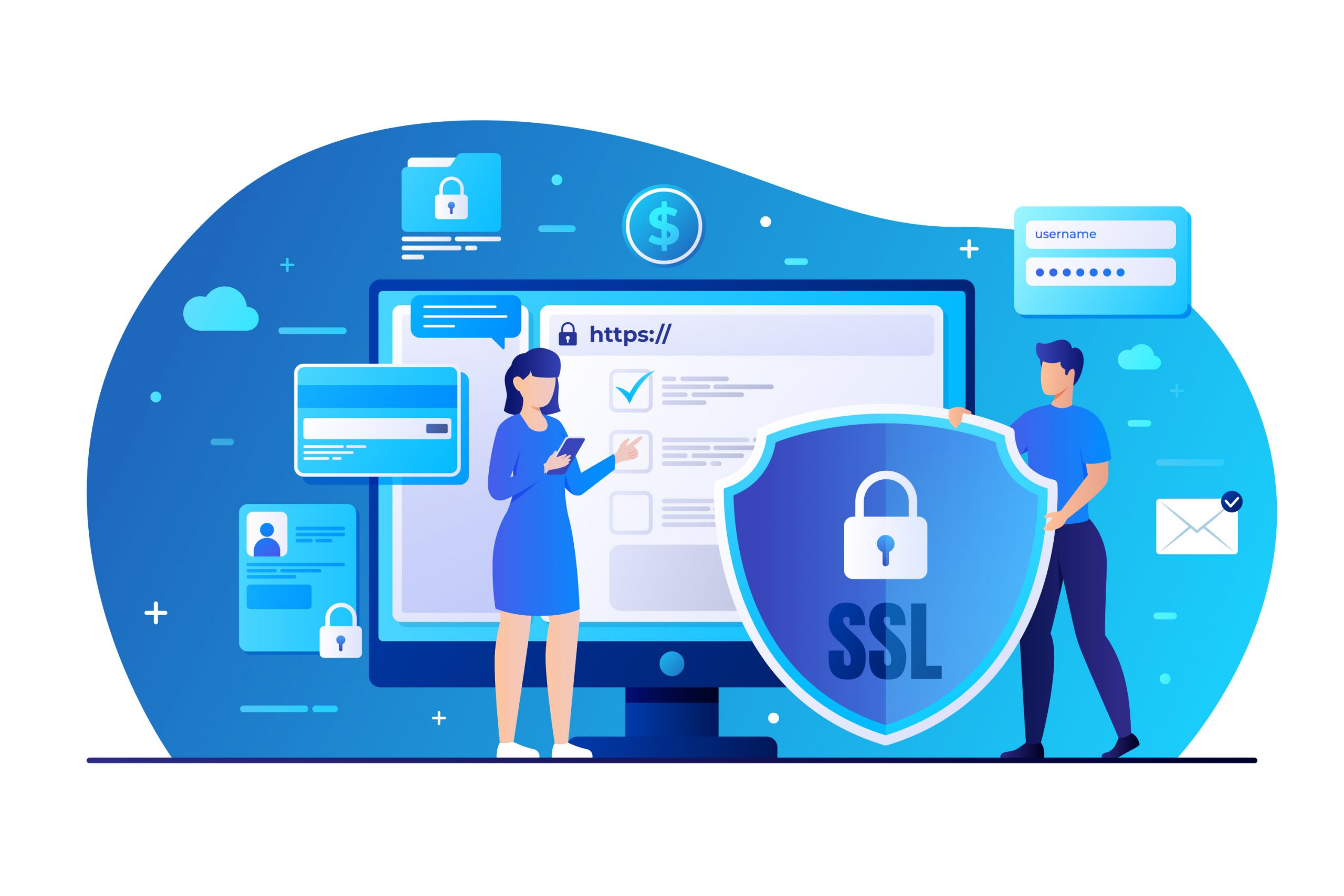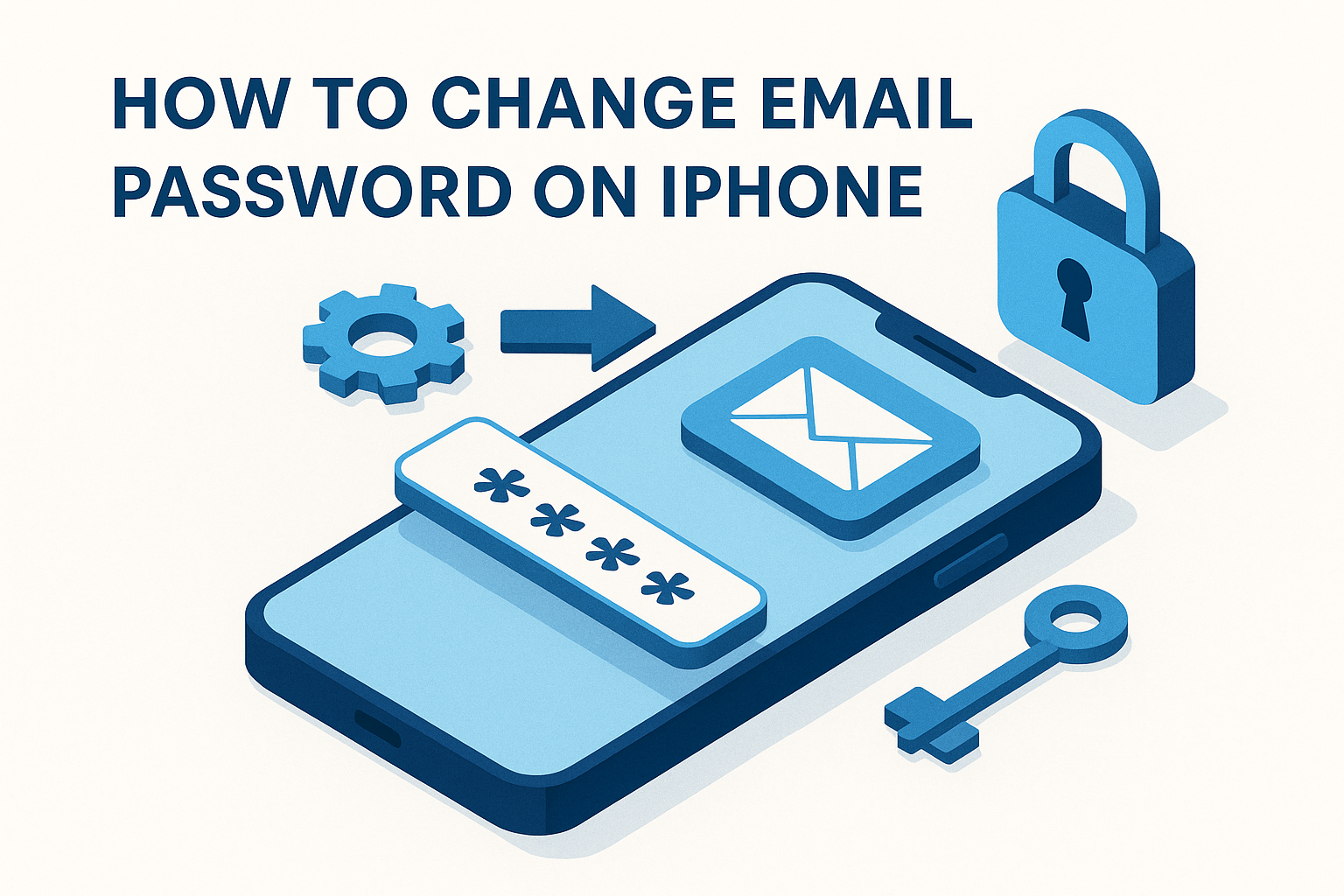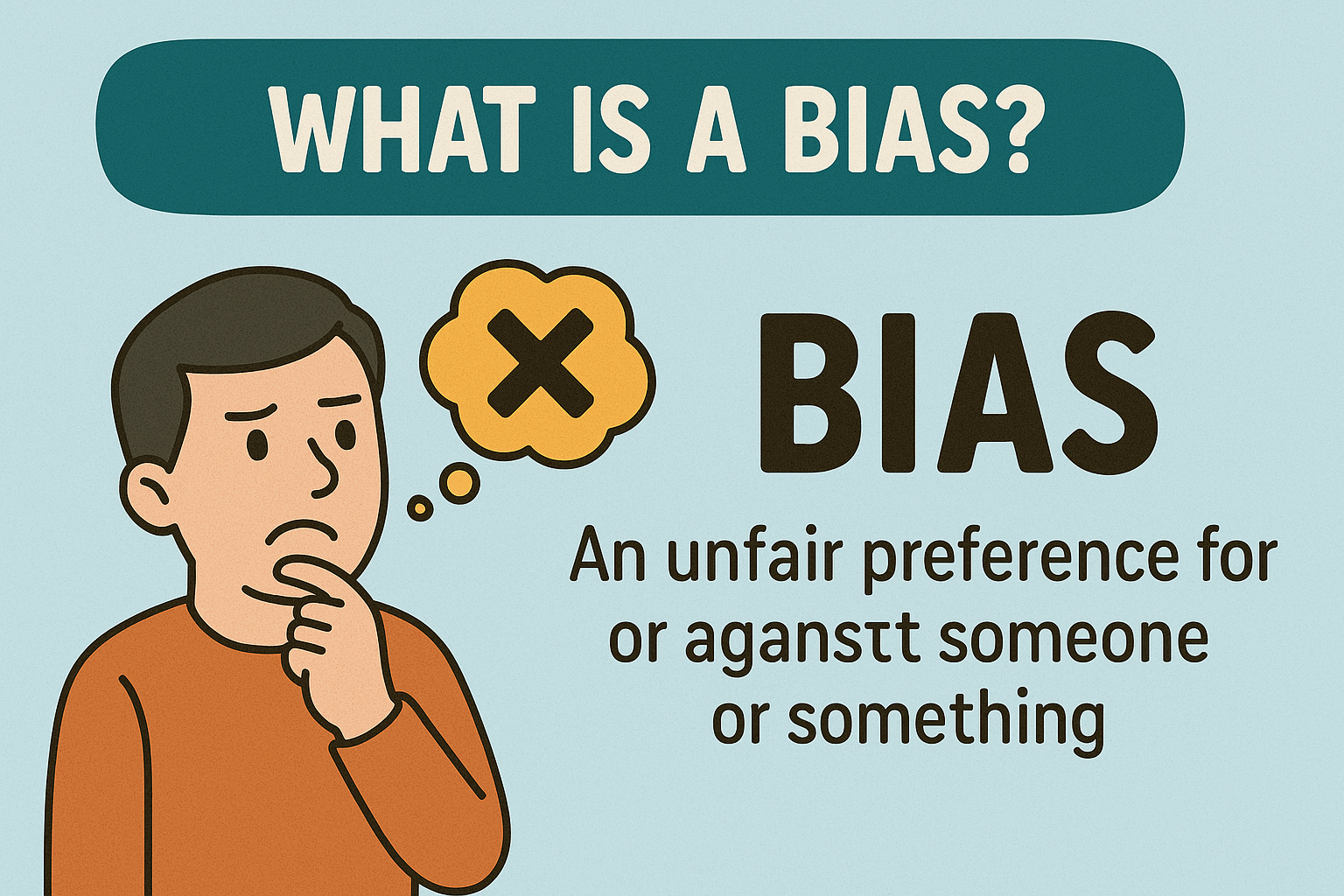What is PCI Compliance? A Complete Guide for Businesses in 2025
Updated on June 27, 2025, by Xcitium

If your organization handles payment card transactions, PCI compliance isn’t optional—it’s a necessity.
In 2024, data breaches cost businesses an average of $4.45 million, and many stemmed from poor cardholder data protection. So, what is PCI compliance, and how can your business avoid becoming the next victim?
Whether you’re a startup accepting online payments or an enterprise processing millions of credit card transactions, this guide will help you understand:
- The PCI compliance meaning
- Key PCI compliance requirements
- Steps to get certified
- Tools to help you stay compliant
Let’s break it down.
🧾 What is PCI Compliance?
PCI compliance refers to adhering to the Payment Card Industry Data Security Standards (PCI DSS)—a set of security protocols developed to protect cardholder data during and after a transaction.
Introduced by the PCI Security Standards Council (PCI SSC) in 2006, these guidelines apply to any organization that stores, processes, or transmits credit card information.
In simple terms, PCI compliance means your business meets the baseline security standards to reduce fraud and protect customer payment data.
📘 PCI Compliance Meaning & Key Concepts
To clarify the PCI compliance definition, let’s look at a few core concepts:
- Cardholder Data: Includes name, card number, expiration date, and CVV.
- Sensitive Authentication Data: Data used to authenticate transactions, like PINs or magnetic stripe data.
- Merchant Levels: PCI DSS compliance requirements vary based on how many transactions you process.
Understanding these basics is key to navigating your PCI compliance certification.
📋 PCI Compliance Requirements (12 Core Mandates)
The PCI DSS framework outlines 12 requirements across six categories. Here’s a summary:
🔐 Build and Maintain a Secure Network
- Install and maintain a firewall configuration.
- Do not use vendor-supplied defaults for passwords and security parameters.
🔎 Protect Cardholder Data
- Protect stored cardholder data.
- Encrypt transmission of cardholder data across open, public networks.
🧩 Maintain a Vulnerability Management Program
- Use and regularly update antivirus software.
- Develop and maintain secure systems and applications.
👤 Implement Strong Access Control Measures
- Restrict access to cardholder data on a need-to-know basis.
- Assign a unique ID to each person with computer access.
- Restrict physical access to cardholder data.
🔄 Regularly Monitor and Test Networks
- Track and monitor all access to network resources and cardholder data.
- Regularly test security systems and processes.
🧭 Maintain an Information Security Policy
- Maintain a policy that addresses information security.
These are the foundational pillars of PCI compliance and must be met for certification.
📊 PCI Compliance Levels: Where Does Your Business Fall?
PCI DSS defines four merchant levels, depending on the volume of transactions:
| Level | Transactions/Year | Requirements |
| Level 1 | >6 million | Annual on-site audit + quarterly scans |
| Level 2 | 1–6 million | Self-Assessment Questionnaire (SAQ) + scans |
| Level 3 | 20K–1 million | SAQ + scans |
| Level 4 | <20K | SAQ (varies by card brand) |
Understanding your PCI compliance level determines what certification steps you’ll need to follow.
🧭 How to Get PCI Compliance Certification
Follow these steps to become PCI compliant:
1. Determine Your Merchant Level
Identify your PCI level based on annual credit card transactions.
2. Complete a Self-Assessment Questionnaire (SAQ)
This is a yes-or-no checklist tailored to your business model.
3. Conduct a Vulnerability Scan
Use an Approved Scanning Vendor (ASV) to scan your systems for security gaps.
4. Complete an Attestation of Compliance (AOC)
Submit this to your acquirer or payment processor to confirm compliance.
5. Schedule a Qualified Security Assessor (QSA) Audit (if applicable)
Level 1 merchants require an annual QSA audit.
✅ PCI Compliance Checklist
Here’s a simplified checklist to guide your journey:
- Maintain secure firewalls
- Avoid default passwords
- Encrypt sensitive data
- Update antivirus and software
- Limit access to data
- Monitor all systems
- Maintain a clear security policy
Need help managing all this? Consider PCI compliance software to automate testing and reporting.
🛠️ Tools That Help You Stay Compliant
To avoid manual errors, many organizations turn to tools like:
- Xcitium Endpoint Protection – for real-time threat monitoring
- SIEM (Security Information and Event Management) – to log and track access
- Vulnerability Management Suites – for scanning and patching
Choosing the right tools reduces human error and ensures ongoing compliance.
🚫 What Happens If You’re Not PCI Compliant?
Non-compliance isn’t just risky—it’s expensive.
Consequences may include:
- Fines up to $500,000 per incident
- Increased transaction fees
- Loss of card processing privileges
- Legal and reputational damage
Simply put: PCI compliance is not just a technical requirement—it’s a business imperative.
🚀 Take Action: Protect Your Business Today
PCI compliance can seem daunting, but it’s critical to protect your customers’ trust and your brand.
With the right framework, tools, and partners, you can make compliance a business strength—not a burden.
👉 Request Your Free Xcitium Demo Now to see how we can help your organization stay secure and compliant.
❓ FAQ: What You Need to Know About PCI Compliance
1. Is PCI compliance mandatory?
Yes. Any business handling credit or debit card payments must comply with PCI DSS standards.
2. Do small businesses need to be PCI compliant?
Absolutely. Even if you process a single transaction, PCI DSS applies.
3. How often should I renew PCI compliance?
Annually. Depending on your level, you may also need quarterly vulnerability scans.
4. What is the cost of PCI compliance?
Costs vary from $500–$50,000+ depending on business size, tools used, and whether audits are required.
5. What if my business is non-compliant during a breach?
You may face severe fines, legal action, and possibly loss of merchant privileges.




